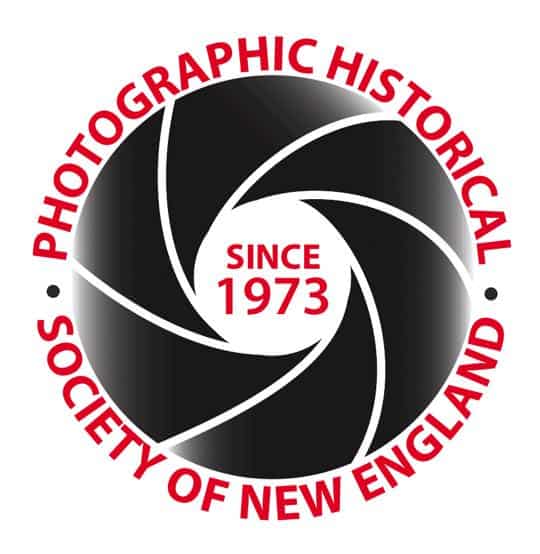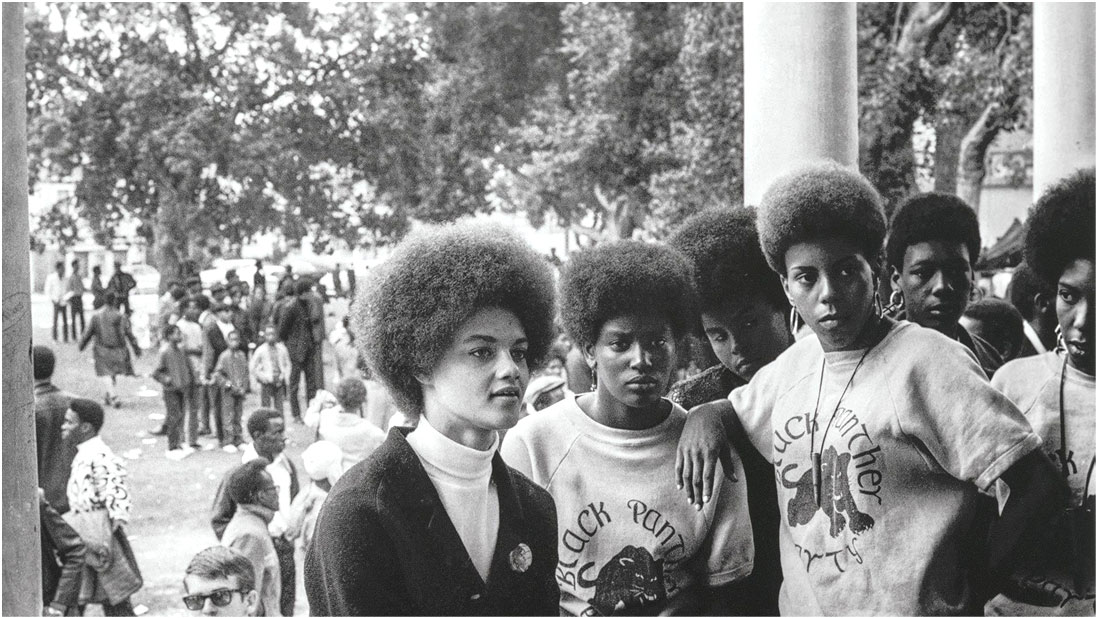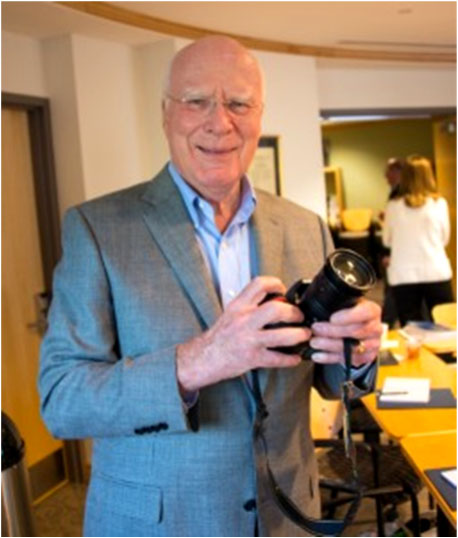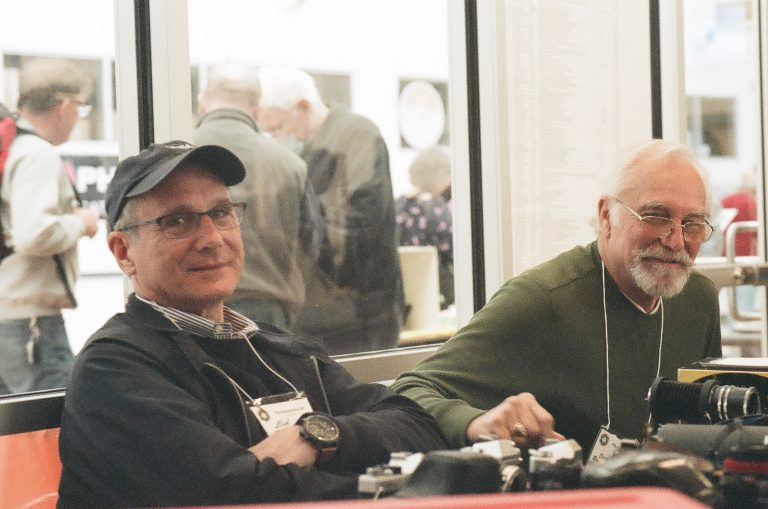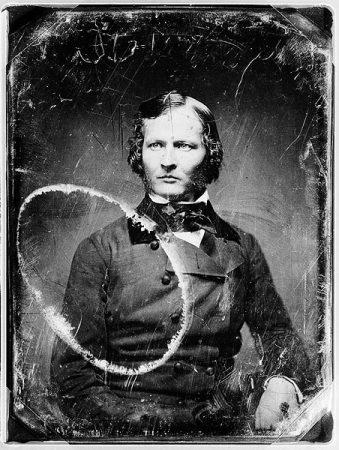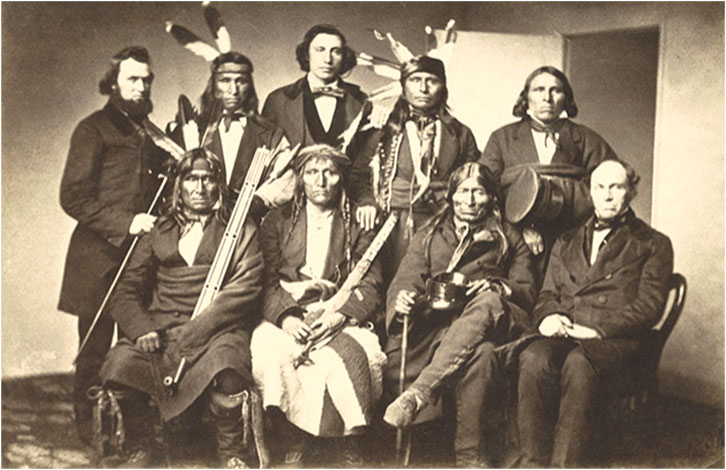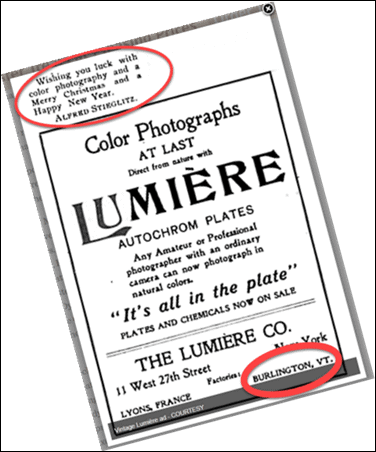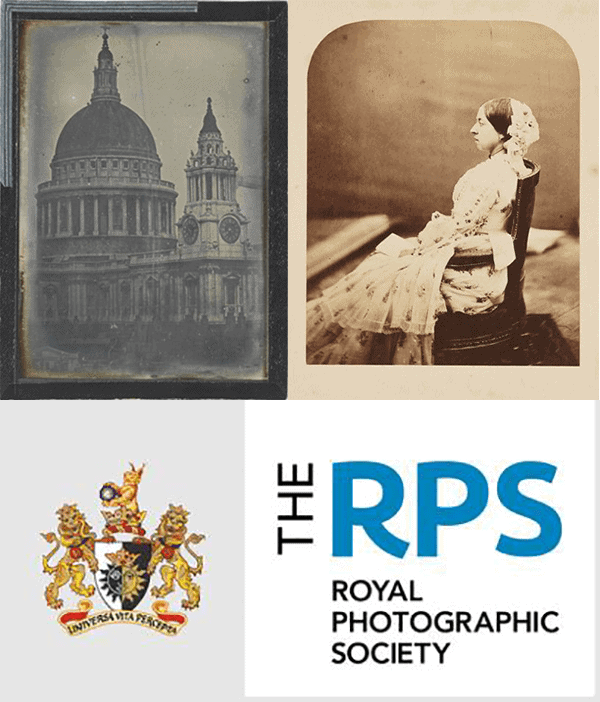Stephen Shames has been the official photographer of the Black Panther Party since his student days at the University of California, Berkeley. From 1965 to 1973, “he made hundreds of powerful images capturing the Panthers’ activities, and he became their official photographer in 1968. Many of the images record the everyday lives and critical work of the women who comprised more than 65 percent of the party’s membership.” Twenty-seven are on display at the Boston’s Museum of Fine Arts in an exhibit titled Comrade Sisters: Women of the Black Panther Party (https://www.mfa.org/exhibition/comrade-sisters-women-of-the-black-panther-party).
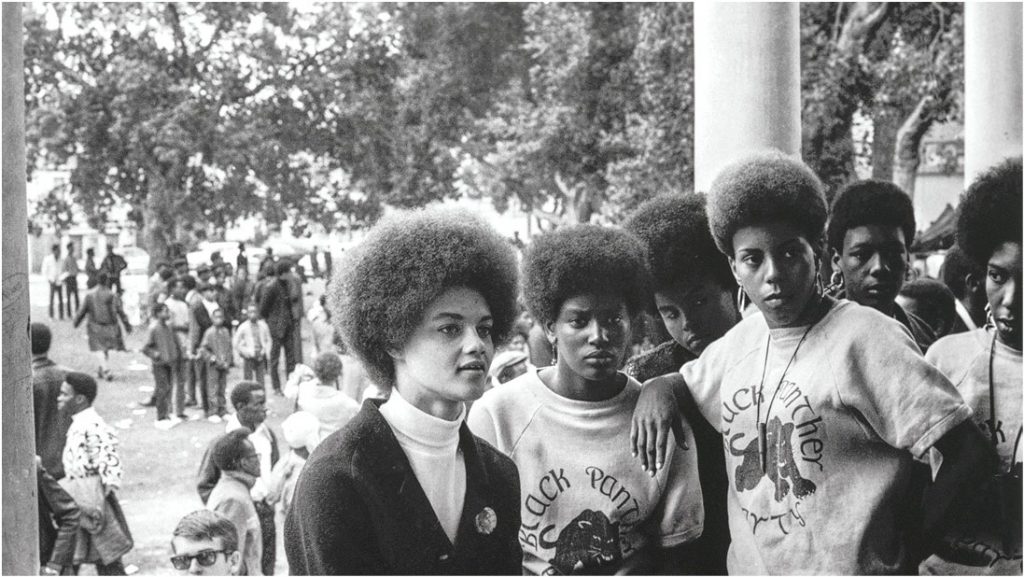
MFA Press Release
While the Black Panthers are generally associated with well-known and widely recognized male leaders, the photographs in the exhibit “document the efforts these women undertook at community schools, free medical clinics, voter registration sites, community nutrition programs, and elder care centers across the United States, and some feature party leaders such as Ericka Huggins and Kathleen Cleaver. The photographs “[make] it clear that the party’s unsung women were at the very heart of the collective movement—and [ensure] the lasting legacy of the comrade sisters in the process.”
Mark Feeney’s review in the Boston Globe includes an overview of the history of the Black Panthers. Feeney notes that the FBI considered the Black Panthers a serious threat despite its relatively small membership (fewer than 5,000). He writes “The image [the Panthers] cultivated was flauntingly masculine (something all too common with movement politics of the time, white as well as Black). Yet party membership was 65 percent female.” The exhibit runs through June 24, 2024.
Other Exhibits Ending Soon
So Easy To See: Berenice Abbott’s Super Sight at the MIT Museum through March 2024
“In 1939, relentless experimenter and inventor Berenice Abbott embarked on a new project to ally photography and science, proposing a bold artistic role for herself as a ‘friendly interpreter between science and the layman'” (https://mitmuseum.mit.edu/exhibitions/so-easy-to-see-berenice-abbotts-super-sight).

Without using an enlarger, Abbott was able to “produce large photographs of small objects” using a process of direct image capture, based on the camera obscura, which she called “Super Sight.”
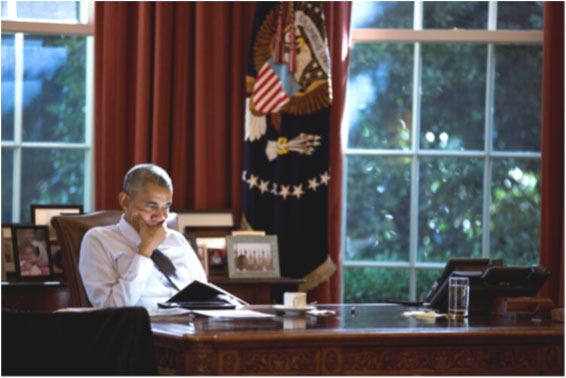
© Pete Souza
In The Room Where It Happened at the Griffin Museum of Photograpy through March 31, 2024
The exhibit features work by White House photographers over the past six decades. “Our understanding of the U.S. presidency is largely shaped by images. Photographs of political campaigns, international engagements, historic legislation, and national tragedy, accompany more intimate family scenes and humanizing portraits, each contributing to the global perception of the American presidency for generations to come” (https://griffinmuseum.org/show/presidents/).
The Eye of Senator Patrick Leahy: Photographs of a Witness to History
Senator Patrick Leahy, now retired, stated; “I started taking photographs when I was three or four years old. I was born blind in one eye, but you only need one eye for photography.”
The access to newsmakers afforded to Leahy through his longtime position as a U.S. Senator helped him capture images of people and locations that are known throughout the world. His work has appeared in Time magazine. Leahy has also documented everyday people who he says have inspired him. One such person is shown in what the retired senator calls his “conscience picture”. The man shown in it was suffering in an El Salvador refugee camp in the 1980s and asked Leahy to take his photograph. “I was struck by his face, so I took it,” Leahy said. “What he said to me is, ‘you’ve got everything you could ever want. What do you do for people like me who have nothing?’.”
Senator Patrick Leahy’s photographs will be on display at the Vermont Supreme Court Gallery, 111 State Street, Montpelier, VT through March 29, 2024. https://www.mychamplainvalley.com/news/local-news/art-exhibit-showcases-patrick-leahys-photography/
What the heck…
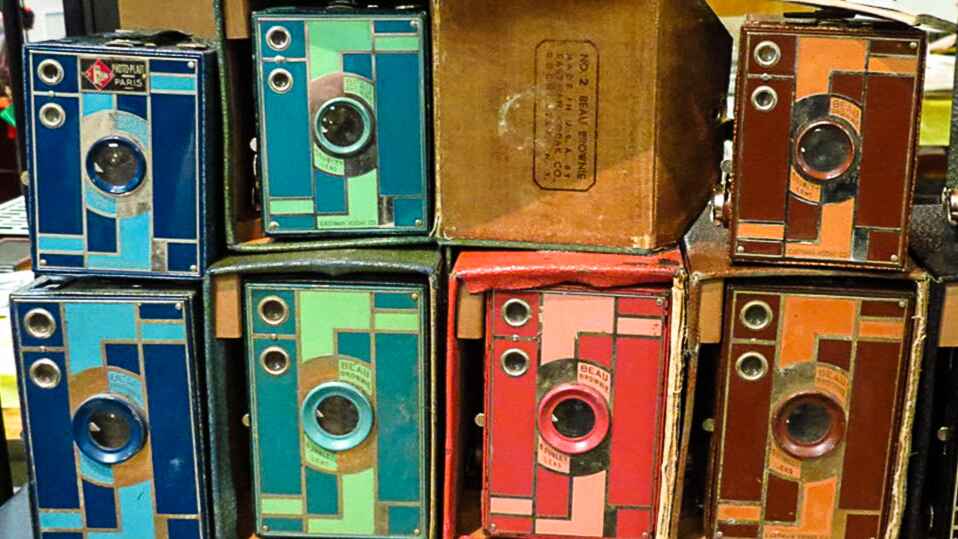
Are Those Even Cameras?!
Join the PHSNE Newsletter and learn more about photographic history and preservation. Already an expert? Come and share your collections and knowledge as we celebrate the history and advancement of photography.
